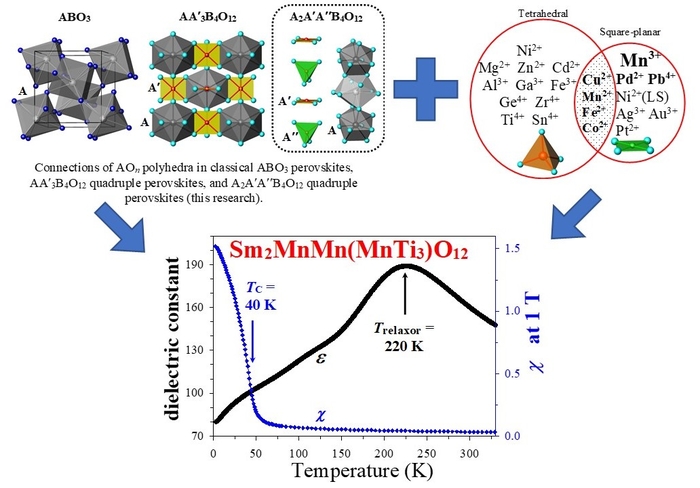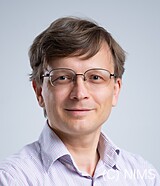HOME > Profile > BELIK, Alexei
- Address
- 305-0044 1-1 Namiki Tsukuba Ibaraki JAPAN [Access]
Research
- Keywords
Multiferroic, High pressure, Memory elements
- Multiferroic and ferroelectric materials.
Mutriferroics are an interesting class of materials from viewpoints of application and basic physics. In multiferroics, two or all three of (anti)ferroelectricity, (anti)ferromagnetism, and ferroelasticity are observed in the same phase. We recently investigated ferroelectric, magnetic, and multiferroic properties of BiMO3 and PbMO3 prepared at high pressure of 6 GPa. Even in these simple systems we could find new compounds such as PbVO3, BiAlO3, BiGaO3, BiInO3, and 'BiVO3'. Some of them show promising ferroelectric properties. We could also clarify structural and magnetic properties of BiScO3, BiMnO3, and BiCrO3. In a very adaptive structural type of β-Ca3(PO4)2 that allows different substitution in all sublattices, ferroelectric and antiferroelectric properties were found depending on the cation compositions, e.g., Sr9Lu(VO4)7 and Ca9Fe(PO4)7 are ferroelectric and Sr9In(PO4)7 and Sr9NiLi(PO4)7 are antiferroelectric.
- Low-dimensional magnets.
One of the best-known so far one-dimensional Heisenberg S = 1/2 antiferromagnet was discovered, Sr2Cu(PO4)2. The importance of super-superexchange interactions in determination of magnetic lattice was demonstrated in a large number of compounds, e.g., MCuP2O7 (M = Ca, Sr, Ba, and Pb) and MCu2(PO4)2 (M = Sr and Pb). New spin-gap systems were found (MCu2(PO4)2 and Cu2PO4OH).
Research Center for Materials Nanoarchitectonics (MANA)
Development of ferroelectric and multiferroic perovskite materials
High-pressure synthesis, Quadruple perovskites, Ferroelectrics, Multiferroics, New mechanisms
Overview
Perovskite-structure materials played important and crucial roles in the development of today’s technologies. High-dielectric constant, ferroelectric, and giant magnetoresistance properties of perovskites are used on memory elements, the largest piezoelectric activity is utilized in different actuators and other devices. Perovskites show ferromagnetic, catalytic, and even superconducting properties. Recent hot topics include hybrid and halide perovskite-structure materials for solar cells. The field of oxide perovskites needs new ideas and new chemical compositions to explore new properties further.
Novelty and originality
• An advanced high-pressure high-temperature preparation method is used.
• New oxide perovskites can be obtained inaccessible by other methods.
• The presence of 3d-5d transition metals at different sites with new arrangements leads to new functionalities.
• New mechanisms of ferroelectric and magnetic transitions are realized.
Details

Using crystallographic information (such as, ionic radii of cations, site preferences of different cations, stoichiometry), we design new chemical compositions of perovskite oxides with targeted ferroelectric and magnetic properties. Our designs are then tested using the advanced high-pressure high-temperature preparation method. New perovskites are characterized by synchrotron X-ray and neutron diffraction methods to determine precise cation distributions and their basic, fundamental physical and chemical properties are investigated by different techniques available in NIMS and in collaboration with other institutions.
Summary
We significantly expand and explore different subfamilies of perovskite-type materials. We aim at discovering new high-dielectric constant, ferroelectric, magnetic, multiferroic, and giant magnetoresistance materials. Such perovskites also represent a new playground to study complex interactions between different electronic degrees of freedom.

